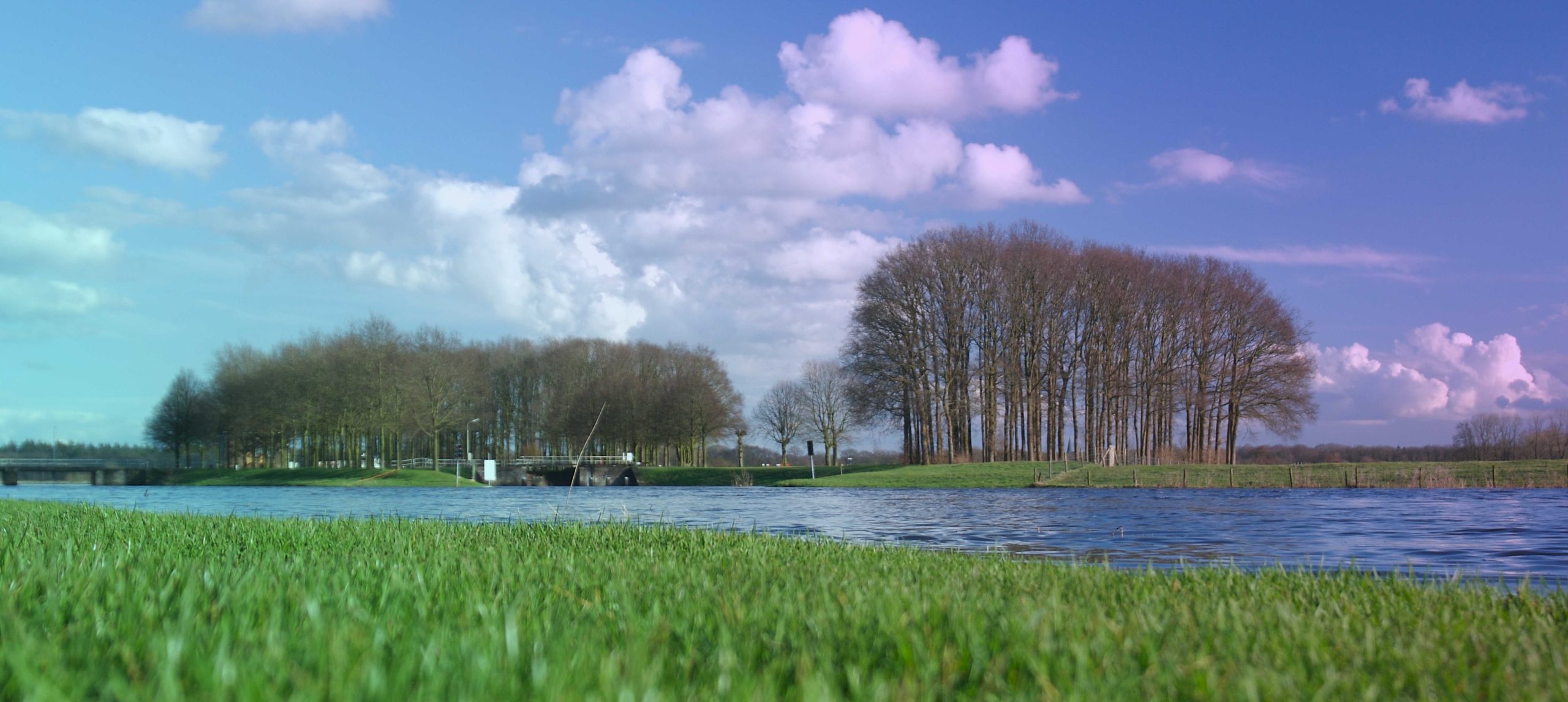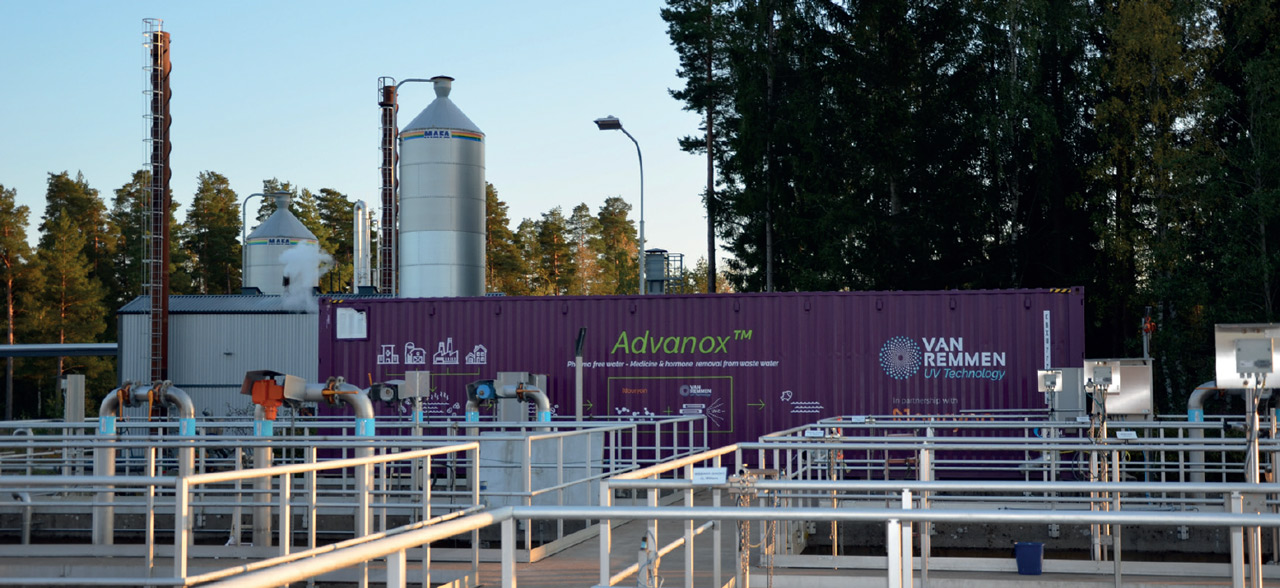The background
Micropollutants such as pharmaceuticals, antibiotics, and hormones enter the water cycle with our wastewater. These pharmaceuticals, are designed to be difficult to break down and highly effective. This aids medication to have an effect for a long time in the body at low concentrations. Because they are designed this way, wastewater treatment plants are to a large part unable to remove them. The residues from pharmaceuticals, antibiotics, and hormones end up in our surface waters where they affect the ecosystem, and eventually they end up in our drinking water, where they can affect us directly. Pharmaceuticals in wastewater are a very important issue. WHO predicts that by 2050 antibiotic resistance will be a bigger threat to humanity’s health than cancer is now. Male fertility is also on a rapid decline, and aquatic species and insects like bees are suffering and declining. Because almost all water coming from humans and domestic animals go through wastewater treatment plants this is the most critical and efficient place to remove these micropollutants.
The case
Sundets reningsverk (Sundet’s WWTP) of Växjö kommun (Växjö municipality) in Sweden wanted to investigate the possibilities of removing pharmaceuticals from their treated effluent. They identified the pharmaceutical Oxazepam as the key micropollutant to use as benchmark with a goal of 80% removal efficiency.
The solution
Van Remmen UV Technology together with Nouryon developed a containerised Advanox™ unit to use in this project. This containerised unit contained everything to remotely operate and test with the Advanox™ technology on-site at capacities from 20-200 m3/h, and it was tested at 40-100 m3/h. The hydrogen peroxide came in the form of MicrOx™ from Nouryon, Van Remmen’s partner for AOP.

